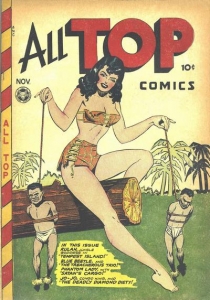 All Top Comics #8, Fox Feature Syndicate, November 1947
All Top Comics #8, Fox Feature Syndicate, November 1947
It seems I’ve been neglecting the Golden Age of comics lately, only 2 of my last 19 posts have been devoted to what is probably the best hunting ground for undervalued comics.
This week I’ll address this error in judgment with inspiration that came from my good buddy Jay and his to date fruitless quest for a solid copy of Blue Beetle #54, you know the one with that much sought after Kamen cover.
Artist Jack Kamen famously started his Blue Beetle run with issue #47 (August/47) and was joined by none other than the legendary Matt Baker. Their “good girl art” approach found fans immediately and before long the pair jumped over to add some good girls to the funny animal title All Top Comics.
This week’s Undervalued Spotlight shines on All Top Comics #8, the 1st Kamen and Baker issue.
All Top Comics #8 leaves Cosmo the Cat behind and adds new features like Blue Beetle, Rulah and the Phantom Lady. You get fantastic Matt Baker art including his 7 page Phantom Lady story “Satan’s Cargo”.
When I was a young gun comic guy back in the 80s All Top Comics #8 was revered as one of the classic covers of the genre. I remember this being a monster book and reserved for collectors in the know. I owned a few way back when but was able to sell them quickly and always 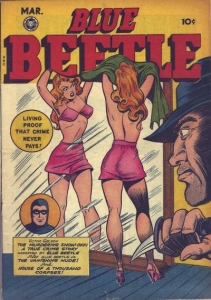 with a healthy mark up over guide.
with a healthy mark up over guide.
Somewhere along the way All Top Comics #8 lost its position in the upper echelon of iconic good girl art Golden Age covers. The cynic in me will point to the fact that on the cover of All Top #8 it’s the girl that’s pulling all the strings, today the markets seems to favor damsels in distress covers.
Recent sales (a low grade and a high grade copy) show graded copies of All Top Comics #8 getting about guide and digging back for data a decade old I found the book has hardly moved an inch. Contrast that to, say, Jay’s Blue Beetle #54 which trades at 2.5 x Guide and has appreciated by at least that much over the past decade.
For me All Top Comics #8 remains an iconic Kamen cover and one of the stellar examples of the genre. The Matt Baker connection to the issue and subsequent run just adds to the allure.
What the appreciation in value of comics like Blue Beetle #54 shows is that new collectors and investors are rediscovering these amazing Golden Age covers. At the moment one of the best of the best is not getting the love, I say there’s no better time to add this classic to the pile.
The 46th Overstreet price break for this book is $1950/$3375/$4800 in the 8.0/9.0/9.2 grade splits.
Reasons to buy this comic book as an investment.
- Classic Keman cover
- Matt Baker art

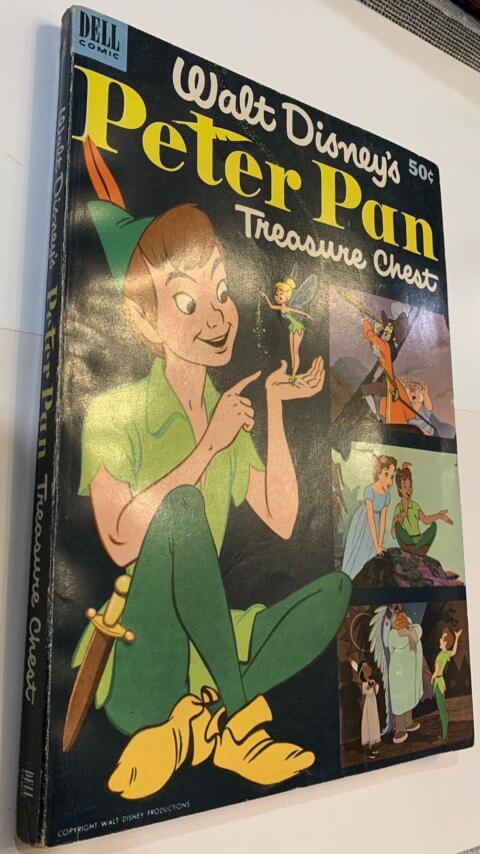
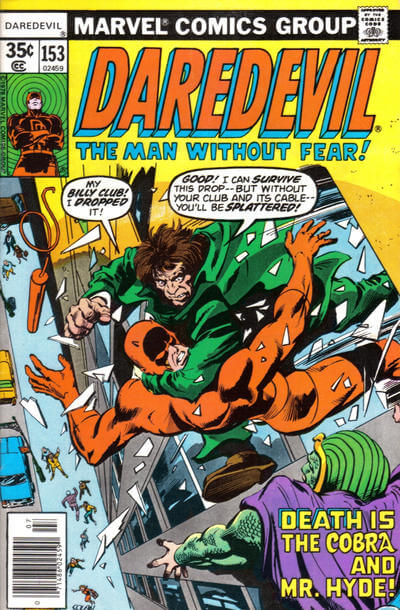
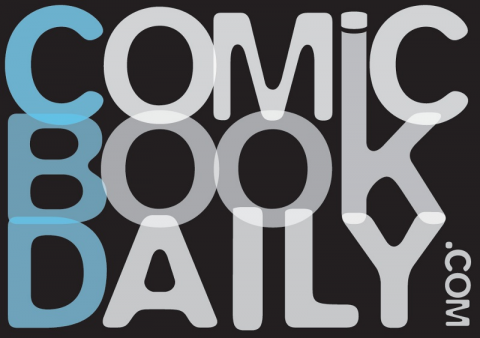
Completely agree!
Great pick. Love the Kamen GGA covers. Wish I had one.
Good girl art can be beautiful. Or it can be just titilating smut.
I prefer Phantom Lady as heroic female over tied up helpless female. A weak female may be a male fantasy, but lacks charactor development. Comics are best about heros and why not female?. Wonder woman is not drawn so sexy.
Good girl art can be:
1. Beautiful wife
2. Heroic woman
3. Edgey bad girl who does good
4. Girl next door
5. Femme fatal
6. Lady in distrss…bondage
7. Bad Girl – pure wicked
In 1945, men sent off to war are returning from overseas as hardened veterans while teenagers are growing up in a new era of relative economic abundance – both with access to a still inexpensive .10 cent form of entertainment (a movie ticket in 1946 was .35 cents).
In 1945….. The Market Research Company of America found that 70 million Americans (roughly half of the U.S. population) read comic books.(1) By comparison, about 51 million read a daily newspaper in 1946. In 1947 there were 40 million radios in U.S. households and just 44,000 television sets (30,000 of which were in the New York area) (2).
In 1945….Most comic book titles sold between 200,000 and 400,000 copies per issue. Each bimonthly issue of the Superman title sold an average of 1.3 million copies (3). Circulation figures suggest that the best-selling superhero title of the era was Fawcett Comics’ Captain Marvel, with 1.4 million copies per issue (4).
But television wasn’t standing still. In 1947, Motorola introduced the VT-71 television for $189.95, the first television to sell for under $200. With the drop in television set prices, increased leisure time and additional disposable income the percentage of U.S. households with a television set rose from only 0.5% in 1946, to 55.7% in 1954, to 90% by 1962
And it was in 1954 (spurred by Fredric Wertham‘s book Seduction of the Innocent) when opposition to graphic depictions of violence and gore in crime and horror comics, and sexual innuendo of what enthusiasts would come to call “Good Girl Art,” prompted the Senate Subcommittee on Juvenile Delinquency hearings.
Concerned about forced regulation, publishers formed a self-regulatory body called the Comics Code Authority (CCA). In combination with the exploding popularity of television, CCA essentially ushered in the end of the golden age of comics.
The term Good Girl Art (GGA) originated in the early 1970s when The Comic Book Price Guide consultant David T. Alexander inserted the term in comic sale lists to highlight specific panels and covers with sexy women. It was a good artistic depiction of females, at least from a male point of view.
The phrase Good Girl Art became widely used by the comic collecting community to indicate a style of artwork in which attractive female characters are portrayed, sometimes provocatively, in locations such as outer space and the jungle. But to describe GGA as just sensationalism to sell comics would miss a richer underlying framework of characterizations.
Comics artwork covers a wide spectrum including “damsel-in-distress,” villain, “perfect wife” and “cutesy bad-ass” among other female character stereotypes. During World World II woman had taken up welders and riveters (a.k.a. Rosie the Riveter) by the millions, and their strength, determination and contributions were reflected back in numerous comic book “Wonder Women” characters who did battle with evil axis.
The peak period of comic book Good Girl Art was in the golden age of comics. Leading artists of the genre included Bill Ward (Torchy) and Matt Baker.
Best good Girl Titles
1. Phantom Lady
2. All Top
3. Brenda Starr
4. Zoot
5. Blue Beetle
Arguably the king of Good Girl Art, Baker was one of the few African Americans working as a comic artist at the time. The creativity and skill of these and other artists left a legacy we can still admire and enjoy seventy years later.
For me, heroic good girls are what comic books are all about.
For me, Phantom Lady as heroine and Wonder Woman as heroine are best! A close 2nd are Sun Girl and Namora.
For me, Women in bondage being saved by men are an ” accessory. ” They are secondary. Not a charactor being developed – just a stereotype!
I prefer phantom Lady over all top.
Hey Steve
Has it ever occurred to you to maybe arrange for your own Comic Book Daily post? Just a thought.
cheers, mel
Here’s why All Top #8 has not been climbing in value: More than likely, there is no Matt Baker art in it.
Overstreet has long been riddled with incorrect Baker attributions, and in many cases, the price guide totally missed some comics that do have Baker art. The most accurate Baker checklist to date is in the book Matt Baker: The Art of Glamour, and not only is All Top #8 not on the list, but several other All Top issues are listing as having “Baker and/or Iger Shop” art, meaning that the experts think those issues may have no Baker art at all. The only All Top issue that they verify as having a story with Matt Baker art by him alone is #13.
Having developed a good eye for Matt Baker’s art, I believe that the All Top issues in question, including #8, have art that is SIMILAR to Baker’s, but in general that art too awkward to be his.